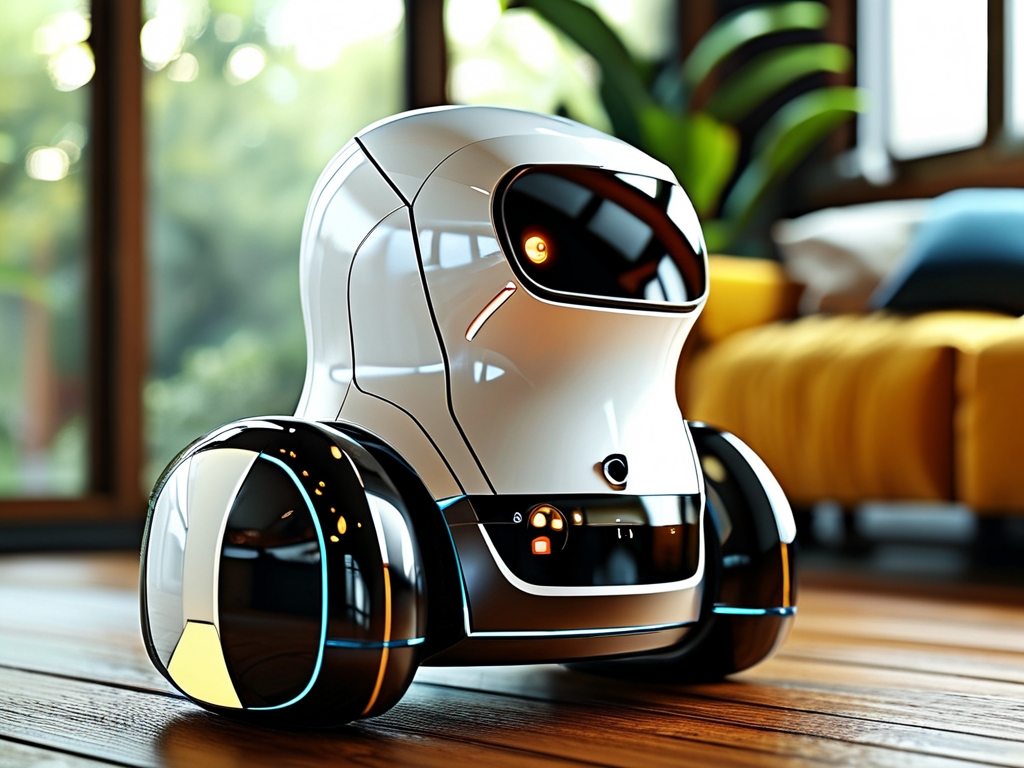The rapid evolution of household robotics technology is redefining modern living, blending artificial intelligence, advanced sensors, and seamless connectivity to create machines that transcend traditional automation. Today’s most advanced home robots are no longer limited to vacuuming floors or setting alarms; they are becoming proactive companions capable of learning, adapting, and anticipating human needs. This article explores the groundbreaking innovations driving this revolution and their transformative impact on daily life.

1. The Rise of Context-Aware AI
At the core of next-gen home robots is context-aware artificial intelligence. Unlike earlier models that followed pre-programmed routines, modern systems leverage deep learning algorithms and neural networks to interpret environmental data in real time. For instance, robots like Samsung’s Bot Handy analyze room layouts, recognize objects, and adjust grip strength to handle delicate items—a feat made possible by multimodal sensor arrays and computer vision. These robots “learn” household habits, such as when to tidy up or restock groceries, by observing user behavior over time.
2. Human-Robot Collaboration
The latest robots prioritize natural interaction, bridging the gap between machines and humans. Amazon’s Astro, equipped with expressive “eyes” and a voice modulation system, responds to emotional cues, while Sony’s Flow Machines project enables robots to compose personalized music based on a user’s mood. Such emotional intelligence is powered by affective computing—a subfield of AI that interprets vocal tones, facial expressions, and biometric data to tailor responses.
3. Hyper-Connected Ecosystems
Interoperability is a hallmark of advanced home robotics. Robots now integrate with IoT devices, acting as central hubs for smart homes. LG’s CLOi Chef, for example, syncs with refrigerators to plan meals, preheats ovens, and even orders missing ingredients via linked e-commerce platforms. This synergy relies on edge computing, which processes data locally to reduce latency, and 5G connectivity for real-time cloud updates.
4. Self-Sustaining Systems
Energy autonomy is critical for continuous operation. Boston Dynamics’ updated Spot robot uses solar-compatible charging docks, while Roborock’s H7 vacuum employs solid-state batteries for faster, safer power cycles. Additionally, self-repair mechanisms—like modular components that robots can replace autonomously—are reducing downtime. Such innovations ensure robots remain functional with minimal human intervention.
5. Ethical and Privacy Considerations
As robots collect vast amounts of personal data, manufacturers face growing scrutiny. Encryption protocols like quantum-resistant algorithms and federated learning (where data is processed locally rather than uploaded to clouds) are becoming standard. Regulatory frameworks, such as the EU’s proposed Artificial Intelligence Act, aim to mandate transparency in robotic decision-making processes.
6. The Road Ahead: From Assistants to Lifelong Partners
Future advancements may include robots capable of medical monitoring, using embedded biosensors to detect health anomalies, or “nanny bots” with child psychology training. Researchers at MIT are even exploring swarm robotics—multiple small robots collaborating on complex tasks, like repainting walls or assembling furniture.
In , the latest home robotics technologies are not merely tools but evolving entities that enrich human life through adaptability, empathy, and intelligence. As these systems grow more sophisticated, they promise to blur the line between utility and companionship, heralding a future where robots are indispensable members of the household.


